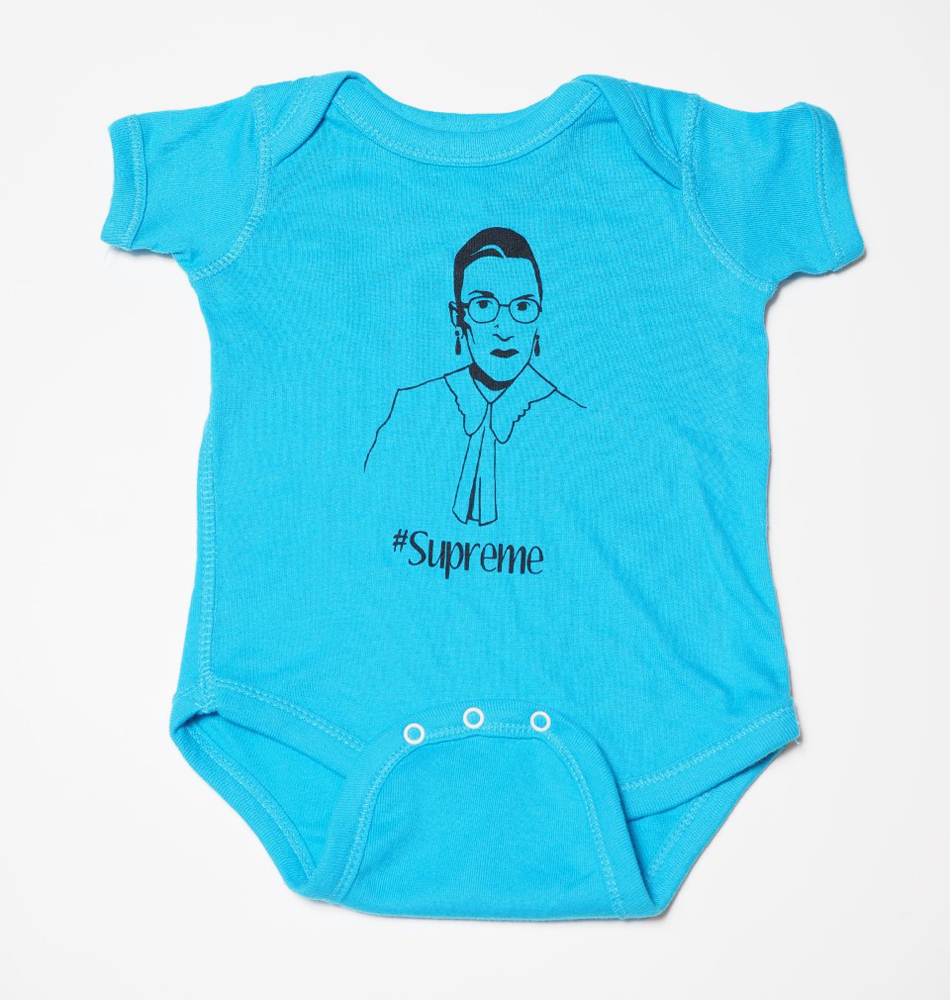Birth of iconoclast intellectual Susan Sontag
In her essays, or "case-studies," examining art and the "modern sensibility," Susan Sontag covered topics from photography to illness to fascism. One of the most widely read cultural critics of her generation, she is pictured here on a visit to Israel to receive the 2001 Jerusalem Prize, an event which engendered much debate regarding her relationship with the Jewish community.
Institution: Jerusalem International Book Fair
Declaring a “new sensibility that was “defiantly pluralistic,” Susan Sontag published wide-ranging criticism that was a force in American culture for over 40 years. She rejected limitations on the scope of artistic interpretation as both reactionary and stifling, instead advocating for a fresh and sensual experience of the aesthetic world, what she called “an act of comprehension accompanied by voluptuousness.”
Born in bustling New York City on January 16, 1933, and raised in Tucson, Arizona, and the Los Angeles suburbs, Sontag felt herself to be “the resident alien” in a “facsimile of family life.” Embracing her individualism, she read European modernists, graduated high school at 15, and two years later married her 28-year-old sociology lecturer at the University of Chicago after knowing him for ten days. After receiving Master’s degrees in English and philosophy at Harvard and studying at the Sorbonne and Oxford, she got a divorce and returned to New York City with “seventy dollars, two suitcases and a seven year old,” her son David Rieff. She later explained, “I did have the idea that I’d like to have several lives, and it’s very hard to have several lives and then have a husband…[S]omewhere along the line, one has to choose between the Life and the Project.”
“The Project” resulted in creative work in a variety of genres: novels, plays, criticism, and screenplays. Her critical essays tackled topics ranging from photography and illness to pornography and Vietnam and in the process redefined the boundaries of what constituted art. Her overarching goal was to “delineate the modern sensibility from as many angles as possible.” She challenged what she saw as “established distinctions within the world of culture itself—that between form and content, the frivolous and the serious, and …’ ‘high’ and ‘low’ culture.” The function of criticism, Sontag believed, should be to help us experience art more fully, “to show how it is what it is, even that it is what it is, rather than to show what it means.”
Her long alliance with photographer Annie Leibovitz culminated professionally for them both with the 1999 publication of their book Women and the associated national tour of the exhibit of Leibovitz’s photographs and Sontag’s written work.
But she never relinquished her identity as an outsider. As she told the Paris Review in 1994, “I don’t write because there’s an audience. I write because there is literature.”
Sources: “Susan Sontag, The Art of Fiction No. 143,” Paris Review.



